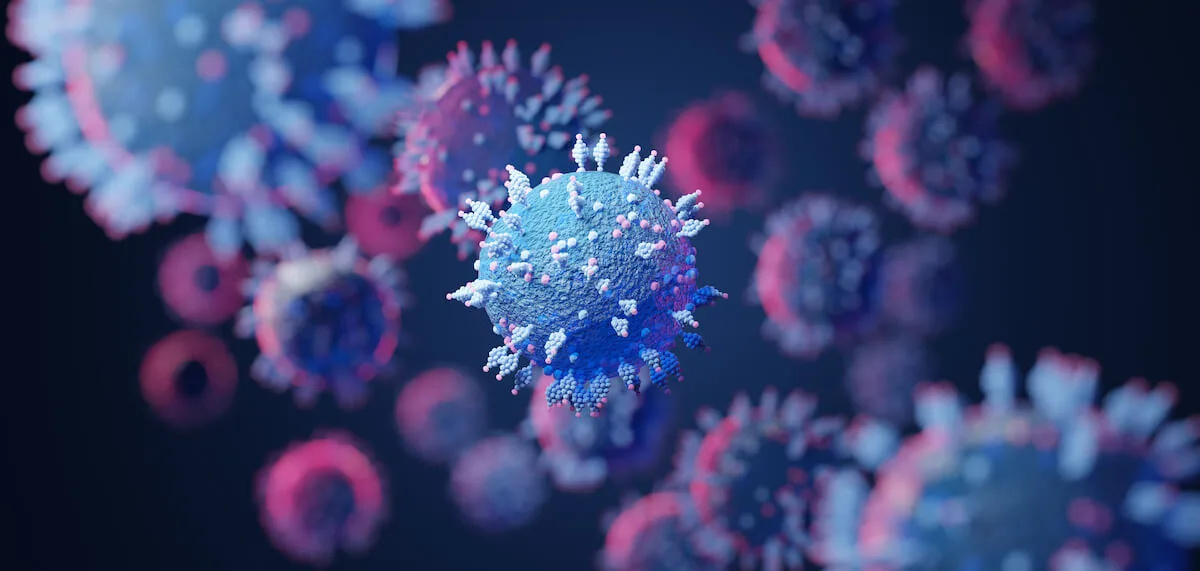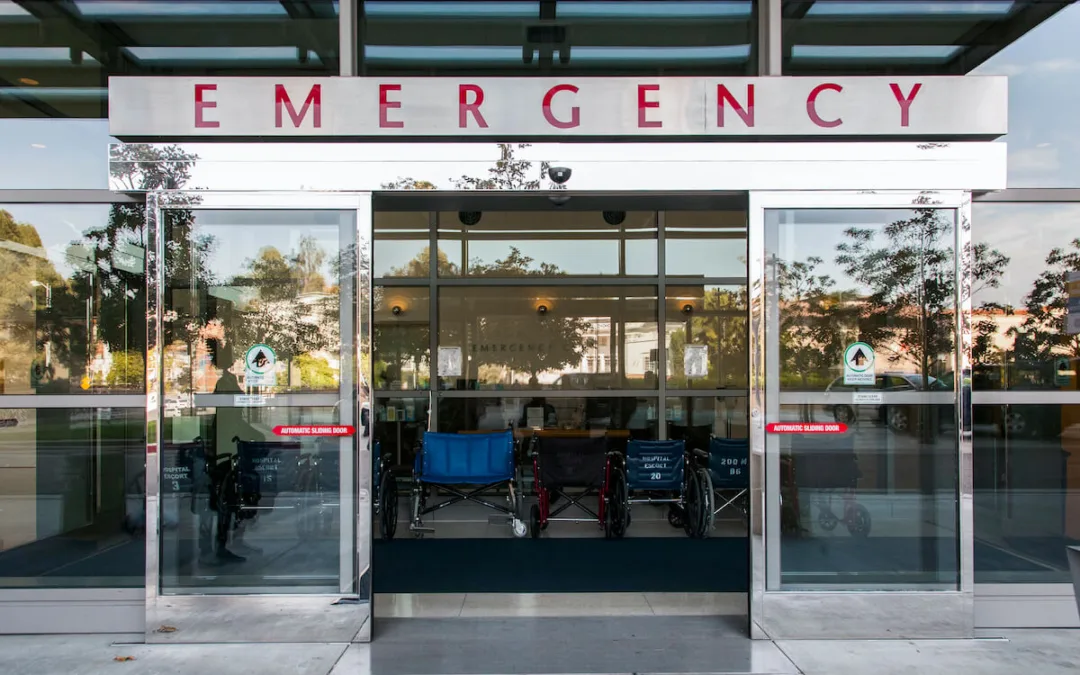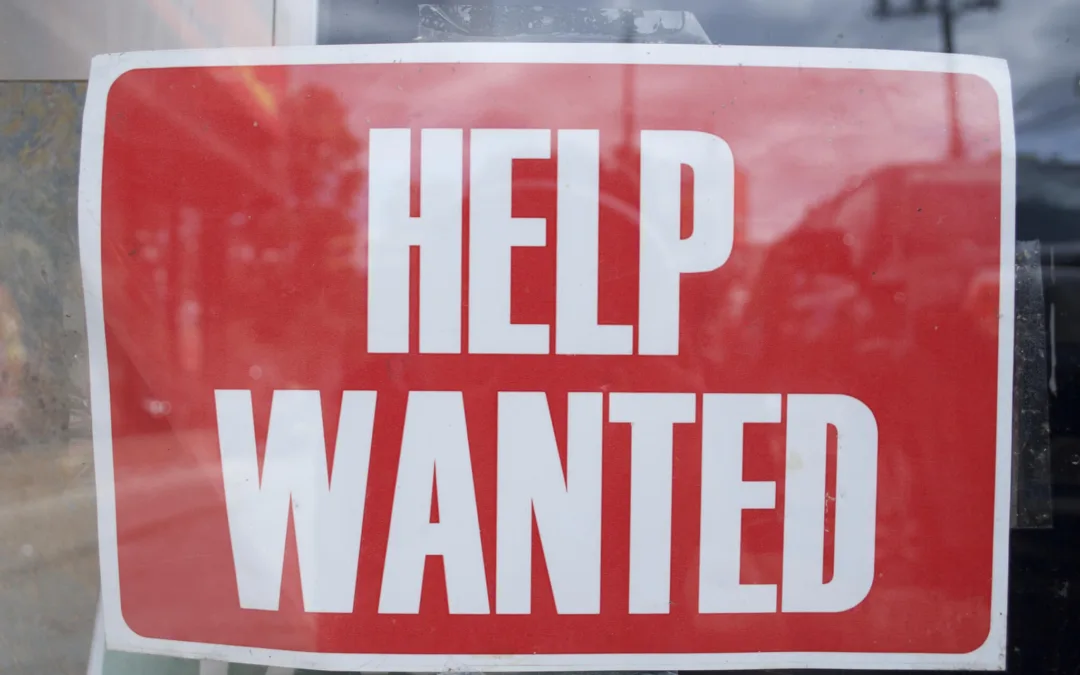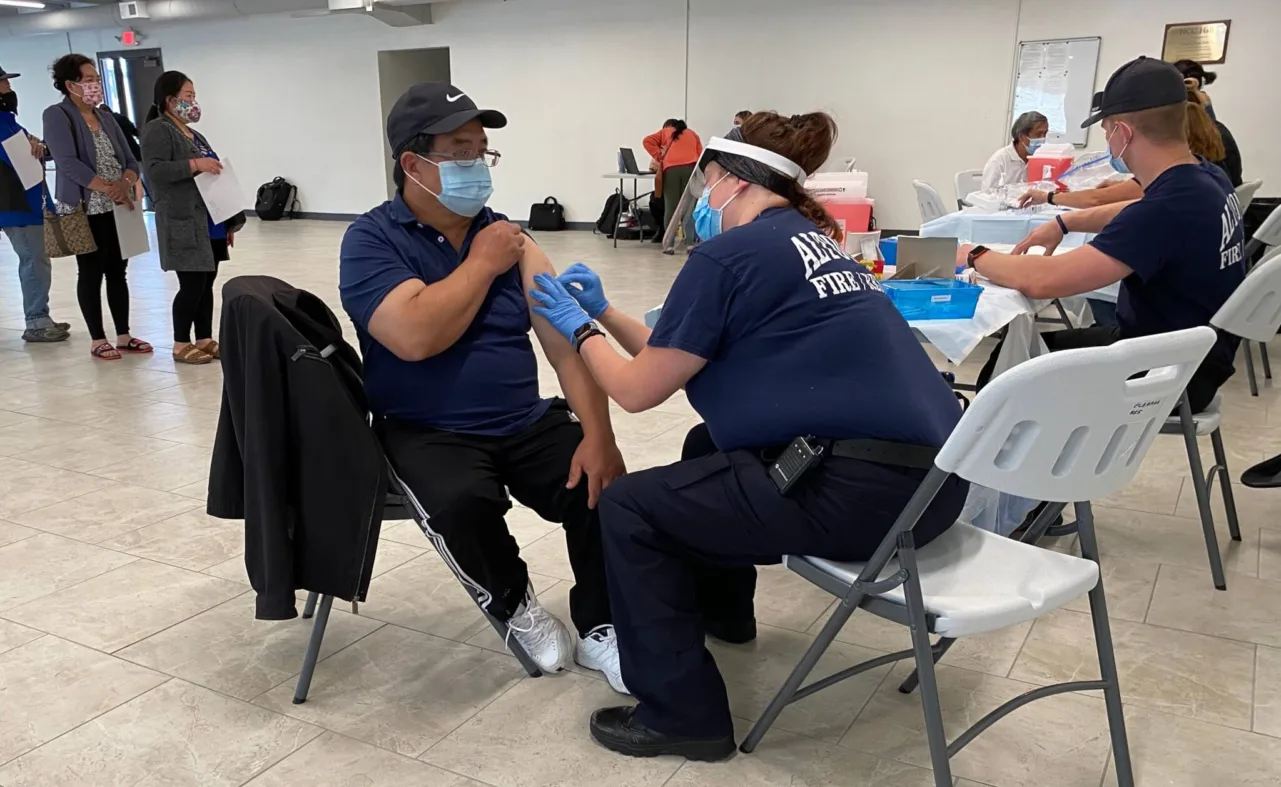
#image_title
#image_title
After a successful spring, Wisconsin has stubbornly stayed below 50% of residents who have received their first dose of COVID-19 vaccine.
As the initial rush of people seeking vaccinations to protect against COVID-19 early this year slowed to a trickle the past couple of months, Barron County Health Officer Laura Sauve tried anything and everything to make the vaccine available to anyone who wanted it.
Her department conveyed messages through traditional news outlets and social media describing the safety of the vaccine and times and places where people could access it. They linked people to credible information about the vaccines, provided by the Centers for Disease Control and Prevention (CDC) and other public health sources.
They hosted Facebook Live events during which experts discussed the vaccines. They received grant funding to reach out to Latino and Somali populations in which vaccination rates tend to be lower than among whites. They enlisted the help of youth leaders in the community to share that they had been safely vaccinated. They held vaccination clinics of all sorts at all kinds of sites, even arranging free transportation to people who have difficulty traveling to those events.
“We are always looking for new or innovative ways to promote the vaccine,” Sauve said. “We are open to hearing any barriers there are for people or challenges for specific populations.”
Reaching out to residents in multiple ways to provide access to the COVID-19 vaccine has helped boost Barron County’s vaccination totals, Sauve said. But the county lags the state average in terms of how many people have been vaccinated, according to state Department of Health Services (DHS) data.
As of Tuesday, 42.9% of county residents had received at least one vaccine dose, and 40.6% both doses to be fully vaccinated. Those numbers trail the state averages of 49.7% and 45.4%, respectively.
Many other Wisconsin counties, particularly in northwest Wisconsin, also trail the statewide vaccination average. Taylor County has the lowest rate of residents having received two doses, 26%, followed by Clark County at 26.3% and Rusk County at 30%.
RELATED: Everything You Need To Know About COVID-19 Vaccines in Wisconsin
Dane County has the highest rate of fully vaccinated residents, at 65.2%, followed by Door County at 61.8% and Bayfield County at 54%.
President Joe Biden’s administration and DHS officials previously had set a 70% vaccination figure by July 4 as a goal. That figure is thought to be a total at which communities would acquire “herd immunity” to the virus, meaning enough people were protected from it or had been exposed that it would prevent significant outbreaks.
However, with 45.2% of people nationwide having received two doses of the vaccine, the July 4 timeline won’t be met anytime soon, Biden said Tuesday. In Wisconsin, vaccinations that totaled as high as 426,000 weekly early this year have slowed to 72,000 as of last week, according to DHS data.
The vaccination rate was certain to slow as more people got their shots, according to DHS Deputy Secretary Julie Willems Van Dijk, and health departments across the state have undertaken creative means to reach out to people who either have difficulty accessing the vaccine or are reluctant to be vaccinated.
In addition to holding their own vaccination clinics, health officials are partnering with businesses and local organizations to put on clinics, Willems Van Dijk said in a Tuesday call with reporters, an effort to directly reach out to people to boost vaccinations. They also are focusing on messaging, she said, providing people with fact-based information about the safety of the vaccine while being understanding of reasons they may be hesitant to receive it.
“There are still people who are learning,” Willems Van Dijk said. “There are still people getting this vaccine.”
To better reach people of color, who typically have lower vaccination rates, Eau Claire County Health Department officials developed a vulnerable-populations work group and have partnered with organizations representing Black, Hmong, Latino, and other populations. Utilizing relationships with key, trusted figures within those groups has helped increase vaccination numbers, said Audrey Boerner, the health department’s public information officer.
“While we are generally the trusted messenger when it comes to public health issues, we know we are not the best messenger in all situations,” Boerner said. “We look for who will be the best messengers for different groups in different situations, and we partner with them to increase vaccinations.”
For example, she said, the health department recently partnered with the Eau Claire Area School District to host a vaccination clinic at an elementary school, relying on contacts the district had with families. This weekend they will work with Power of Perception, a mentorship program that provides resources to Black students in grades 6-12 in Eau Claire schools, to put on a vaccination clinic.
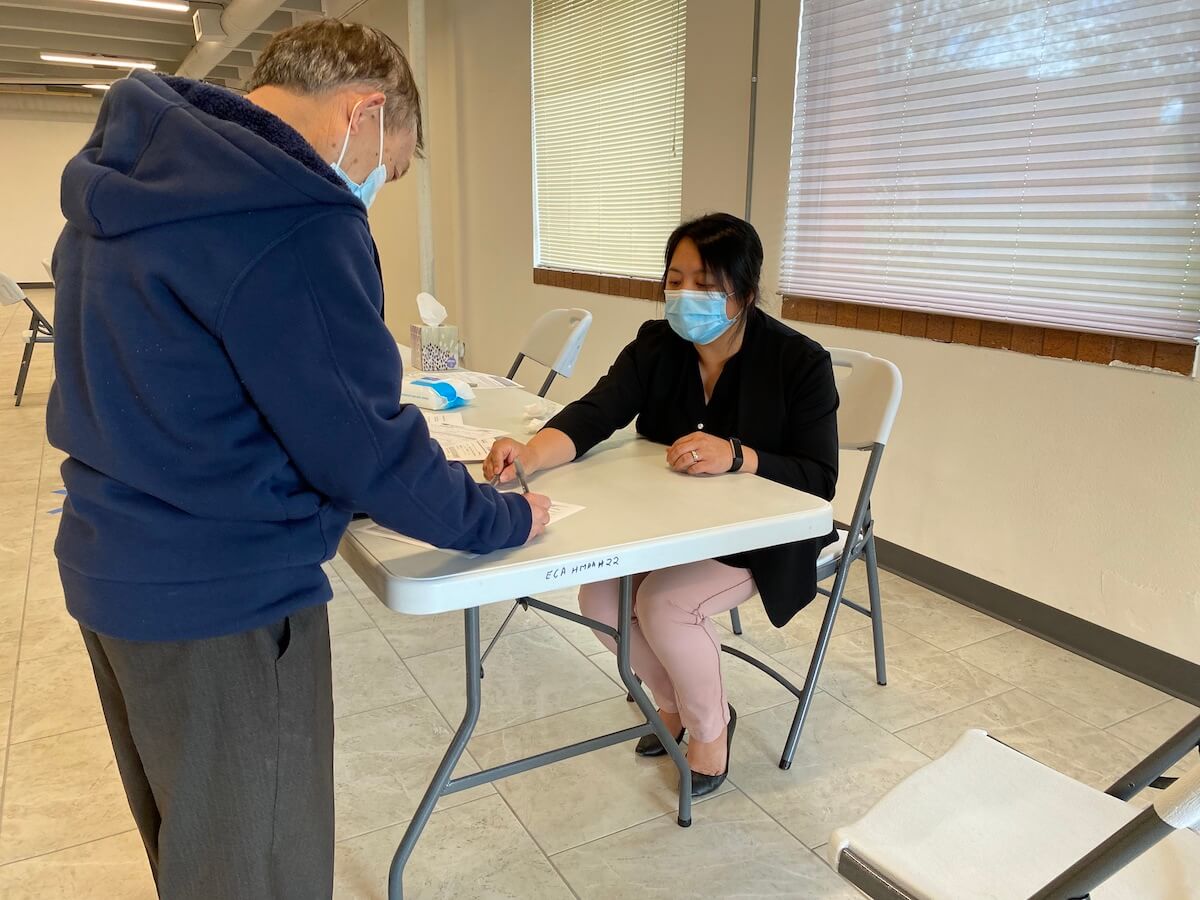
Chippewa County Health Department workers are taking a similar approach, said Kristen Kelm, the department’s community health division manager. Last week the department hired Hmong and Latino community health workers to reach out to those groups to boost vaccination rates, she said. The department also has partnered with multiple businesses to conduct on-site vaccination clinics and recently vaccinated 19 Latino farm workers.
“A lot of it is about trust,” Kelm said. “That is the messaging we are trying to get to people. We’re trying to get someone who is a trusted figure in their population to say, ‘Hey, I got my vaccination, I didn’t have any side effects, and I didn’t have any bad consequences from it, so others will then trust it to get vaccinated too.”
Despite those efforts, and repeated information by the CDC about the safety of the vaccines, many people still have questions about them, health officials said. While some people simply won’t get the vaccine, others may be willing to if their concerns about it are addressed, they said.
“You let them know there is no silly question. You let them know their concern is a valid concern,” Kelm said. “We don’t want them to feel like their concerns aren’t valid. Sometimes that approach can go a long way.”
Sauve certainly hopes so. Despite the hesitancy of some regarding the vaccine, her department will continue to try to increase vaccinations at such upcoming events as a joint clinic Wednesday with health departments in Polk and Burnett counties and another in a few weeks at the Barron County Fair.
“We want to encourage everyone to get their COVID-19 vaccine as soon as possible, but we also understand that people have a lot of questions about it,” Sauve said. “We want people to understand that the vaccine is a safe and effective way to get back to the things we love and life as we once knew it.”
Politics
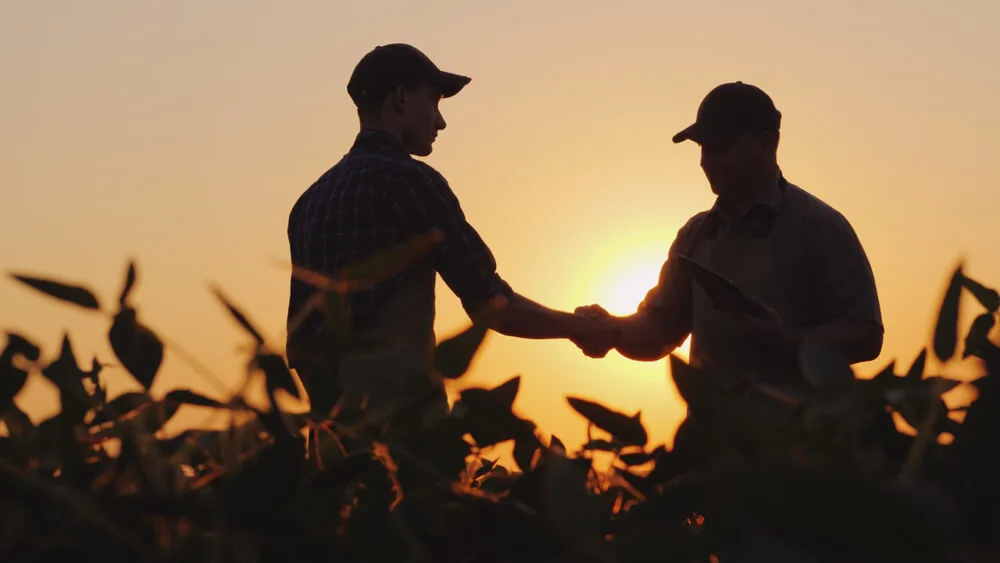
‘Radical’ Republican proposals threaten bipartisan farm bill, USDA Secretary says
In an appearance before the North American Agricultural Journalists last week, United States Department of Agriculture (USDA) Secretary Tom Vilsack...

New Biden rule protects privacy of women seeking abortions
Under the new rules, state officials and law enforcement cannot obtain medical records related to lawful reproductive health care with the goal of...
Local News

Readers Poll: Top Bowling Alleys in Wisconsin
Looking for the best bowling in Wisconsin? Look no further! Our readers have spoken in our recent poll, and we have the inside scoop on the top...

8 Wisconsin restaurants Top Chef judges are raving about
Top Chef’s 21st season is all about Wisconsin, and on-screen, it’s already apparent that the judges feel right at home here. But, while filming in...


